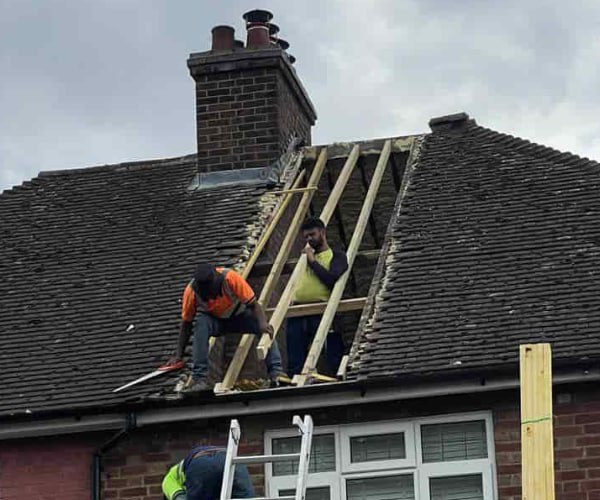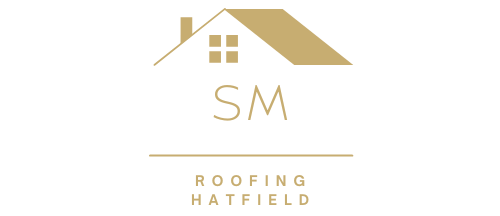The Evolution of Roof Inspection Technology
Introduction: Roof inspections are critical to maintaining a structurally sound and weather-resistant roofing system. Over the years, technological advancements have revolutionised how roof inspections are conducted. In this blog post, brought to you by SM Roofing Hatfield, we will explore the evolution of roof inspection technology from traditional methods to cutting-edge innovations that make the process safer, more efficient, and more accurate.
Traditional Roof Inspection Methods
- Visual Inspection: Historically, roof inspections were primarily conducted through visual assessments. Roofing professionals would climb onto the roof and visually inspect for signs of damage, deterioration, or wear and tear.
- Binoculars: Binoculars were often used to get a closer look at hard-to-reach areas without physically stepping on the roof.
- Core Samples: In some cases, core samples were taken to assess the condition of the roofing materials beneath the surface. This invasive method, however, was time-consuming and could potentially cause damage.
- Manual Measurements: Roofers would manually measure dimensions and take notes to document any issues.
The Technological Advancements
- Aerial Imaging: Aerial imaging was a significant leap in roof inspection technology. Drones with high-resolution cameras can capture detailed images of the entire roof from various angles. This allows for a comprehensive assessment without needing physical presence on the roof, enhancing safety and reducing inspection time.
- Thermal Imaging: Infrared thermography, or thermal imaging, has become a valuable tool for detecting moisture and heat loss in roofing systems. This technology provides a clear visual representation of temperature variations, helping to identify potential leaks or insulation issues.
- UAVs (Unmanned Aerial Vehicles): Drones equipped with thermal cameras and LiDAR sensors can capture visual data and thermal and structural information. This combination of technologies allows a more detailed analysis of the roof’s condition.
- 3D Modeling: Advanced software can create 3D models of the roof based on data collected through aerial imaging and other technologies. These models offer precise measurements and help in planning roof repairs or replacements.
- Machine Learning and AI: Artificial intelligence (AI) algorithms analyse vast data collected during inspections. AI can identify potential issues, such as roof defects or wear patterns, more accurately and quickly than manual inspections.
- Drones with Lidar and Photogrammetry: Lidar-equipped drones can create detailed 3D models of roofs, enabling precise measurements and surface analysis. Combined with photogrammetry, this technology provides an even more comprehensive view of the roof’s condition.
Benefits of Modern Roof Inspection Technology
- Enhanced Safety: Roof inspections no longer require workers to climb onto potentially hazardous roofs. Drones and other technologies make inspections safer for professionals.
- Efficiency: The speed and accuracy of modern roof inspection technology save time and reduce costs associated with manual inspections.
- Comprehensive Data: Advanced tools provide detailed and comprehensive data, allowing for more informed decision-making regarding roof repairs and maintenance.
- Preventative Maintenance: Early detection of issues through technology can lead to proactive maintenance, preventing costly repairs.
Conclusion: The evolution of roof inspection technology has transformed how we assess roofing system conditions. These innovations have made roof inspections safer, more efficient, and more accurate, from traditional visual inspections to cutting-edge aerial imaging, thermal analysis, and AI-driven data analysis.
Call us on: 01302 430 895
Click here to find out more about SM Roofing Hatfield
Click here to complete our contact form and see how we can help with your roofing needs.

